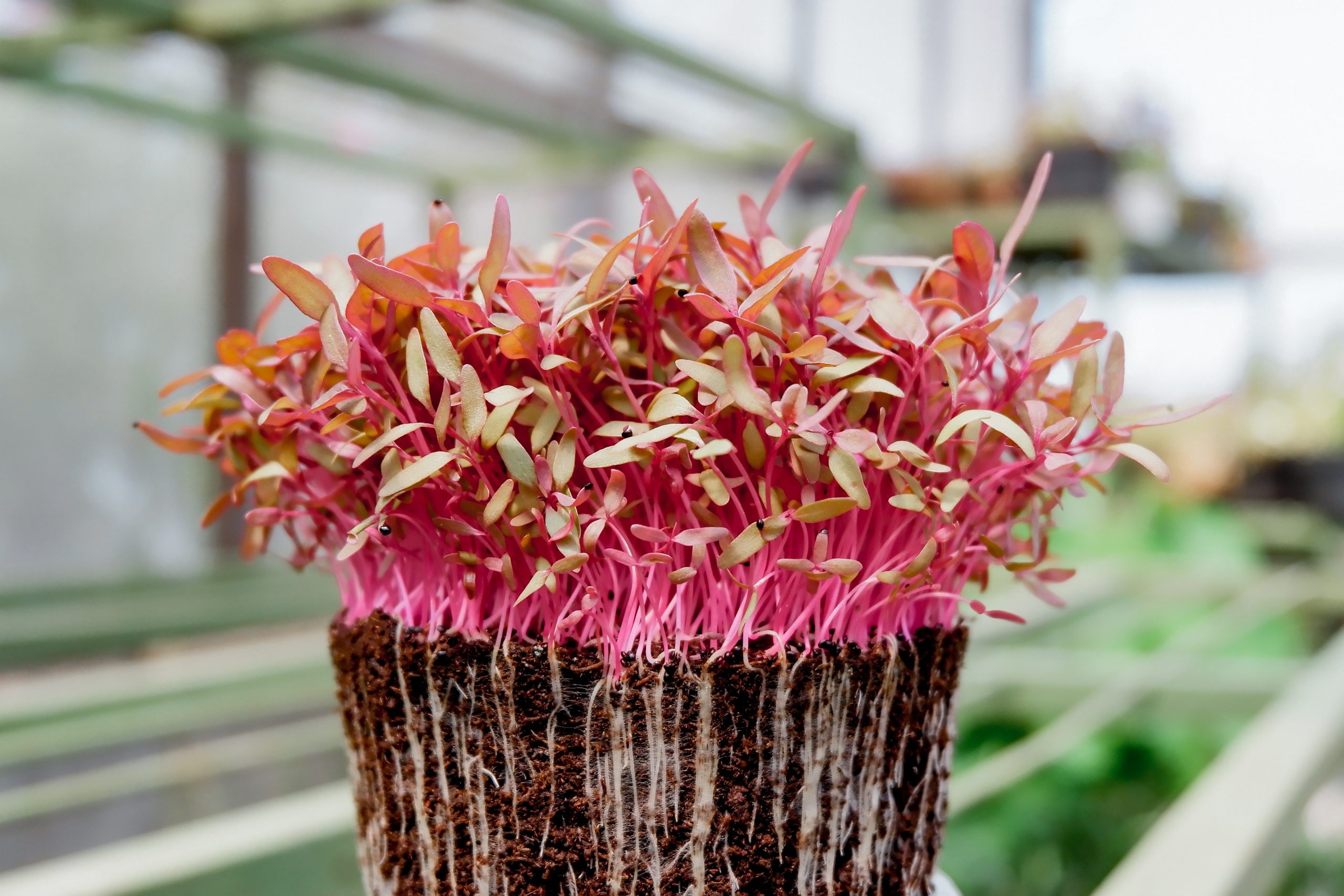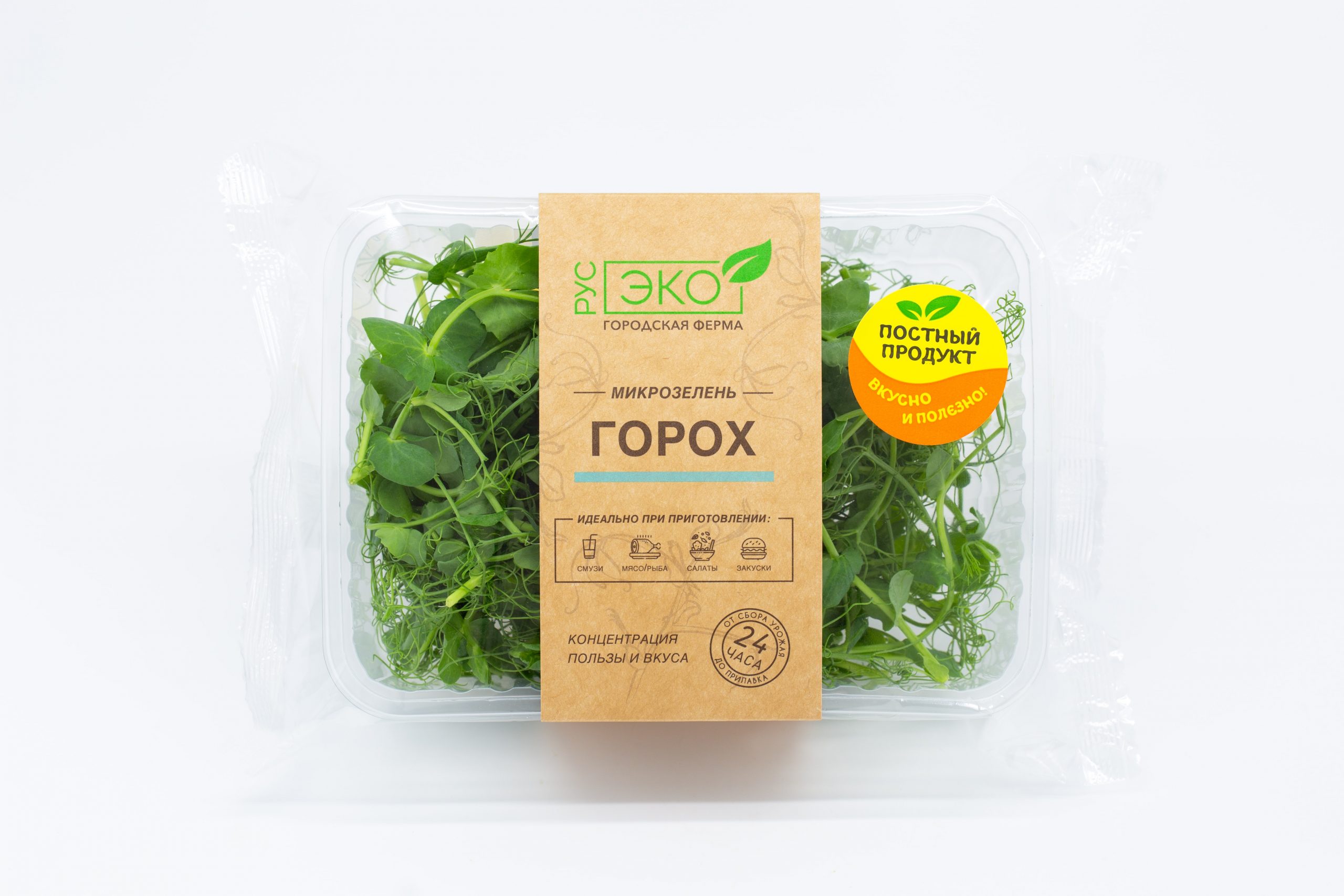The fact that so many profitable ventures have sprung up in the microgreens business is proof enough that this sector is booming. Given the pandemic and rising concern of health, consumers today are more health-conscious than ever before. More and more Indians today are ready to pay a premium for healthier alternatives and are thus switching to organic foods. This trend is furthering the growth of microgreens business in the country. If you enjoy gardening and want to start a microgreens business, read further.
What are microgreens?
Microgreens are tiny plants or the baby version of greens harvested within 14 days of seed germination. Not to be confused with sprouts or shoots, they are the first leaves that grow from the seeds of herbs, vegetables, or flowers. A powerhouse of nutrients (40 times more nutritious than fully grown vegetables), microgreens are considered to be immunity-enhancing in nature. Some of the most commonly grown microgreens are tomatoes, basil, mint, radishes, spinach, and potatoes.

Benefits of a microgreens business
- Microgreens allow you to grow the harvest in just 2 weeks, thus substantially reducing the risk and investment associated with it.
- As opposed to traditional farming, microgreens do not require huge cropland. Microgreens can be grown in a small space.
- Microgreens are now gaining high popularity at high-end restaurants, thus the demand is increasing and the value of the harvest is quite high.
- Microgreens can be grown all year round so there are no seasonal restrictions.
Tips to start selling microgreens in India
- Evaluate the market – A successful microgreens business requires you to consider if there are potential customers in the area. Ensure that there is a need for your product and that customers are willing to pay for it.
- Build a strong marketing strategy – If you want to make a decent profit out of selling your microgreens, explore different marketing strategies to see what works best. While word of mouth is golden, also look at setting a website, social media and consider tie-ups with restaurants, grocery stores, etc.
- Consider packaging – If you are selling your microgreens to a local restaurant or chef, a simple plastic bag would be enough. But it is never a bad idea to add a little branding to create recall. On the other hand, selling directly to customers requires you to create attractive packaging.
- Evaluate health risk – It is important to source quality seeds and choose growing conditions that minimize health risks. If the product is not handled well, there can be contamination of bacteria.
- Identify the demand – Certain greens might be in more demand as compared to others. This is where your business will find its edge. As a business owner, you must identify the greens which are in high demand amongst the consumers. The demand also keeps evolving hence continue to keep a tab and change your product list accordingly.

Where to sell your microgreens?
- Local restaurants – Reach out to the local restaurants in your area and get yourself a meeting with the chef. Do carry some samples for the chef to taste and be prepared to provide more details about growing and storing conditions, the price, the quality of seeds, etc. Most restaurants like to support local farmers as they can source better quality and fresh vegetables and fruits. The benefit of selling to restaurants is that you are bound to get repeat orders and ensure long-term profits.
- Farmer’s markets – A perfect place for the farmers to connect with the end customers, these farmer’s markets are becoming extremely popular for their fresh and high-quality produce. At the farmer’s market, you can offer several varieties of microgreens and also understand directly from consumers about their needs. Farmer’s markets allow transparency for customers as they can inquire about the seed quality, the growing processes or generally gain awareness about the benefits of microgreens.
- Grocery stores – Get in touch and collaborate with the nearby grocery stores and supermarkets. The challenge with these stores is usually that they sell products shipped from a distance. Hence quality and freshness of greens are often compromised. But by selling your microgreens in the local grocery store, you can now offer high-quality microgreens to the end customers.
- Sell online – Online e-commerce is booming and one of the fastest ways for businesses to expand themselves. You can sell your microgreens online by collaborating with an online partner. For instance, Farmsnation has been creating a buzz amongst the farming community. As a microgreens business owner, all you have to do is list yourself on the Farmsnation platform and you will be connected to several customers in your local area. You can update your farm pictures, details about the product, pricing, etc, and start selling your microgreens from the app without any hassle.
- Sell it in interesting formats – One way you can distinguish yourself in this business is by creating your niche market. For instance, you can offer innovative formats like salad mix, paratha mix, bhel mix, etc for consumers to try and fall in love with microgreens.

If you’re looking to start a microgreens business, now is the time. With little to no space requirement, you can easily start growing these at home. The demand for these healthy greens is rising, and you can ride this opportunity to make huge profits. All you need to do is identify the customers in your area and create a sales strategy accordingly. There isn’t enough competition in this business yet, so you may need to create some awareness for your products but overall less competition means more business. Start growing your microgreens today!
